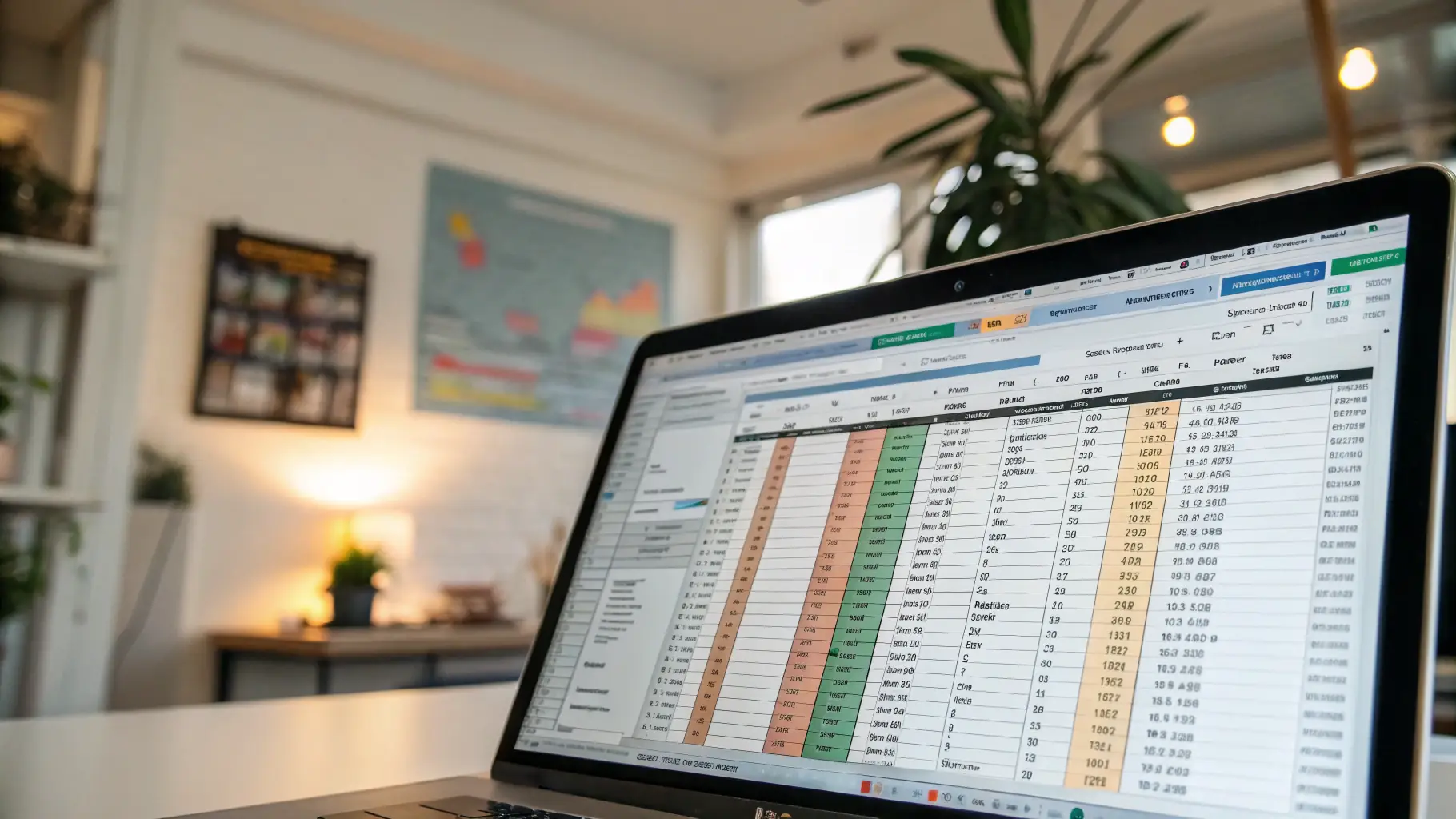Traditional budgeting methods often rely on spreadsheets and manual data entry, which can be time-consuming and prone to errors. These methods may also lack the real-time insights needed to make timely decisions. In contrast, SinglePoint offers a more dynamic and automated approach to budgeting. It provides real-time data, customizable reports, and integration with other financial systems, making it easier to track progress and identify potential problems. The choice between SinglePoint and traditional budgeting depends on your business’s specific needs and resources.
For small businesses with limited resources, traditional budgeting methods may seem like the more cost-effective option. However, the time and effort required to maintain these methods can quickly add up. SinglePoint, while requiring an initial investment, can save time and reduce errors in the long run. It also provides access to more sophisticated tools and insights, which can help businesses make better decisions. Consider the long-term benefits and potential return on investment when making your decision.
Ultimately, the best approach may be a hybrid one, combining the strengths of both SinglePoint and traditional budgeting methods. Use SinglePoint to automate data collection and generate reports, while still relying on traditional methods for strategic planning and forecasting. This approach allows you to leverage the power of technology while maintaining a human touch. Remember, the goal is to find a system that works for your business and helps you achieve your financial goals.



